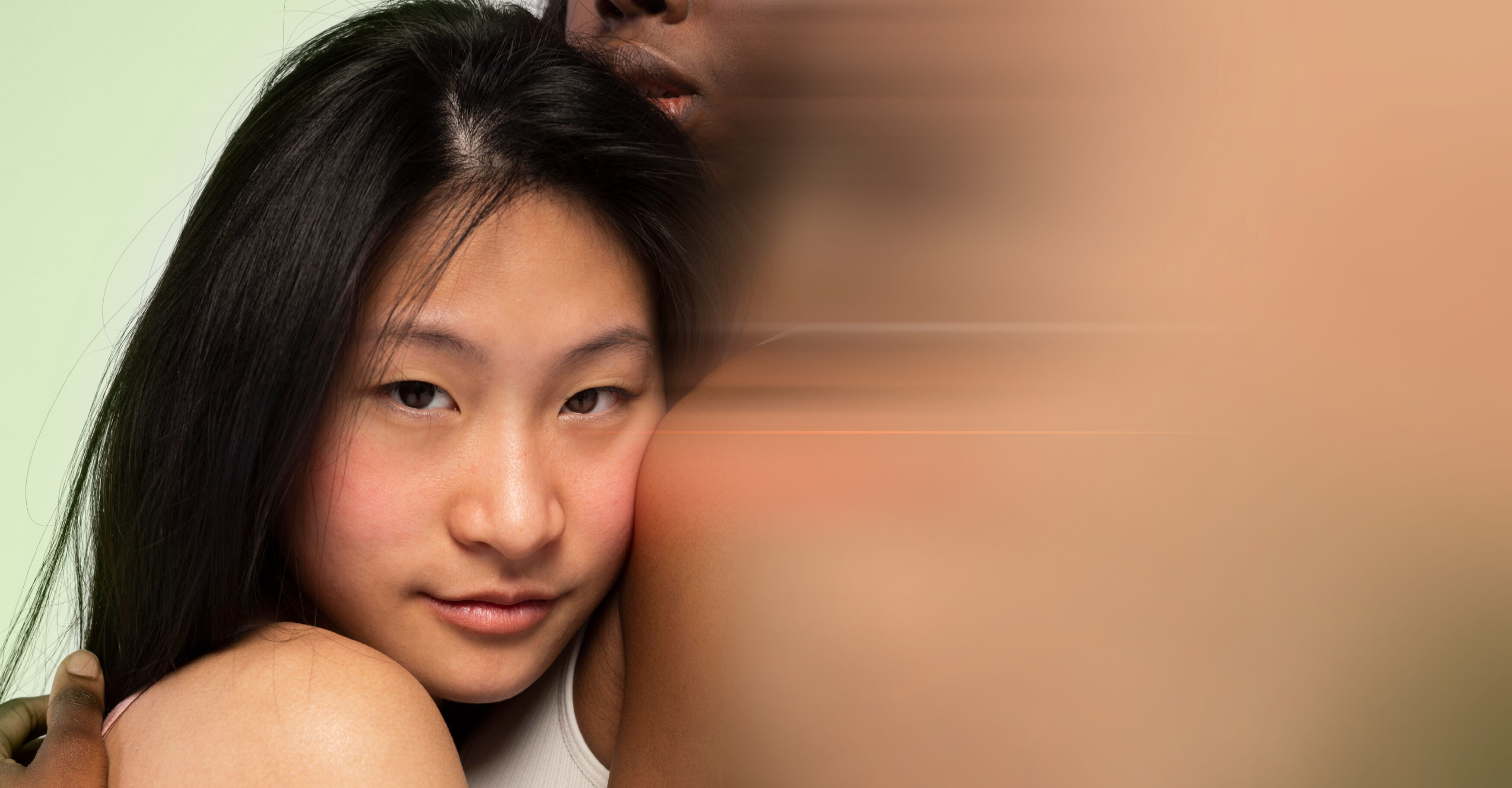Korean Laser Treatment may be used in the following areas:
Consultation
Our aesthetic doctor will assess your skin type, medical history, and pigmentation depth. A personalised protocol will be designed based on your goals.

Korean Laser Treatment may be used in the following areas:


Our aesthetic doctor will assess your skin type, medical history, and pigmentation depth. A personalised protocol will be designed based on your goals.

Your skin will be cleansed thoroughly. Protective goggles are provided before treatment begins.

The laser is applied and treated on the skin based on the condition being addressed.
Sessions typically take 15 to 30 minutes.

Temporary redness or warmth may occur and usually resolves within hours
Avoid direct sunlight, heat exposure, and strenuous activity for 48 hours
Apply SPF 50+ and use gentle skincare products
Refrain from exfoliants (e.g., AHA, BHA, retinoids) for 3 to 5 days
Most individuals undergo an initial course of 3 to 5 sessions, spaced approximately 4 weeks apart.
Mild brightening and tone refinement may begin after the second session, with progressive improvement in pigmentation and texture over time.
Follow-up sessions every 2 to 3 months may be advised for ongoing pigment control or rejuvenation.

As with all medical treatments, suitability depends on individual health, goals, and skin condition. The following guidelines outline who may benefit from this treatment and who should avoid it.
To explore if Korean Laser Treatment is the right solution for your skin concerns, book a consultation with our team at Asimont Clinic. All procedures are performed under strict clinical protocols in accordance with local medical regulations.
It may help with pigmentation, acne scars, dullness, enlarged pores, and mild wrinkles.
Most individuals experience mild redness or warmth that subsides within hours. Normal activities may resume shortly after treatment.
Improvements in tone and clarity may appear after 2 to 3 sessions. Deeper pigmentation often requires additional sessions.
An initial protocol typically involves 3 to 5 treatments. Maintenance may be advised based on pigmentation recurrence.
Discomfort is generally minimal. Most patients describe a warm, snapping sensation during treatment.
Yes, Q-switched laser is suitable for a wide range of skin tones and is generally well-tolerated by sensitive skin when assessed appropriately.
Temporary redness or slight sensitivity is common. Hyperpigmentation risk is minimised with sun protection and proper aftercare.
Yes, this laser may be combined with non-ablative facials or injectables under the guidance of our aesthetic doctor.
Some pigment conditions, like melasma, may recur over time due to UV exposure or hormonal influences. Maintenance sessions and proper skincare can help control it.
At Asimont Clinic, your treatment is performed by our aesthetic doctors using medically regulated equipment in a safe, clinical setting. Protocols are customised to your skin type, ensuring comfort and measurable outcomes.